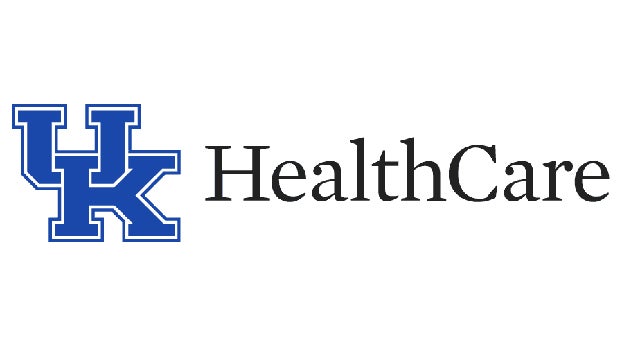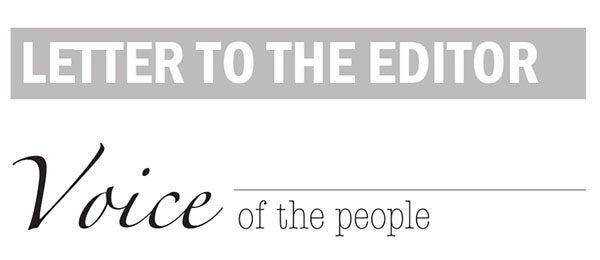Changes are coming to Kentucky’s bourbon industry
Published 6:07 am Tuesday, November 20, 2018
By DAVE FAIRCHILD
Guest columnist
Bourbon is an $8.5 billion industry in Kentucky, generating 17,500 jobs with an annual payroll of $800 million. Spirits production and consumption pours more than $825 million in federal, state and local tax coffers every year. More than $1.1 billion in capital projects have been completed are underway or have been planned in the past five years. Employees in Kentucky’s distilling industry averaged $95,000 in annual wages and salaries. About 2,000 distillery-related jobs have been added in the last two years alone. The distilling industry pays 34.4 cents in taxes per dollar of the bourbon Industry’s revenue, the highest of all 536 manufacturing industries in Kentucky. Distilling production and consumption was responsible for $190 million in Kentucky state and local government revenues in 2017.
The most immediate problem is potential tariffs. Over the past two decades, U.S. spirits exports have increased from $575 million in 1997 to $1.64 billion in 2017, a rise of 185 percent. That revenue may drop precipitously in the near term, because our major trading partners are threatening to impose tariffs on bourbon (in response to U.S.-imposed tariffs).
But the inability of bourbon producers to quickly meet the growing worldwide demand creates more serious threats. In the short term, it’s creating a black market. Unable to buy their preferred brands at retail outlets, many buyers have turned to secondary markets, at up to 10 times the retail price. Black-market suppliers are creating havoc up and down the whiskey supply chain. Distillers don’t see the profits from the secondary markup, and retailers aren’t happy because they’re the ones dealing with frustrated customers.
A larger, and more serious, problem for Kentucky’s bourbon Industry is loss of market share in the future, because of technology shortened aging processes. The inability to fill the growing demand for premium bourbon is fostering new competitors that threaten to capture a significant share of future demand. Unmet demand (and the potential for huge profits) is fueling wide-ranging investments in technology. The objective of this technology push is to cut aging time from years to a few days or weeks.
Currently, bourbon is required by statute to be aged in oak barrels a minimum of two years. Moreover, 60 to 80 percent of the taste of bourbon comes from aging, and premium brands require much longer aging time to get the desired taste and smoothness. As the distillate ages, charcoal filters out the raw spirit’s unwanted flavors. Through a chemical process called adsorption, the molecules that make young whisky so harsh are drawn to the barrel’s wall, creating a thin layer of unwanted molecules. At the same time, the wood adds flavor to the whisky, slowly infusing the liquor with a vanilla-like taste, and a hint of spice. Highly sought brands use even longer aging, 8-12 years, to increase smoothness. So premium producers cannot respond quickly to increasing demand.
Many whisky innovators use patented combinations of light, sound and heat to speed up the ageing process. Others use high-pressure stainless steel tanks that mix the spirits under pressure with new wood combinations, creating unique flavors in days. Another approach uses oak wood chips to get a product aged in just four months. A distillery based in New York, blasts music through stereo speakers to get their barrels vibrating, thereby speeding up the liquids contact with the wood. Rapidly less aging time means less loss to evaporation, lower storage costs and the associated state and local taxes.
Tom Lix, founder and CEO of Cleveland Whiskey, shipped his first batch of fast-aged bourbon in March 1, 2014. Lix figures he produced a barrel of bourbon in less than a week that was competitive with one traditionally aged for eight to 12 years or more.
But Lix is not thinking craft or small production. Although launched with only six employees, Lix’s business plan predicts third-year revenue of $10 million, growing to an estimated $54 million by the end of the fifth year of production. Lix is planning to expand into fast-developing international markets, such as China, India, Russia, and Brazil. He’s positioning Cleveland Black Reserve, a bourbon whiskey, to retail for $34.95 for a 750-milliliter bottle.
There have been 120 gallon batches of eight-day whiskey that compared favorably to 30-year-old bourbon. Named “Whiskey Distillery Innovator of the Year” in 2014, Cleveland Whiskey has since won more than 60 medals at competitions around the world including twenty-two gold and double gold awards. They are similar, not a carbon-copy of name brands.
The broad market acceptance of “similar” is yet to be tested. But if you want aged bourbon and it is not available, maybe you will settle for something that is similar and much cheaper. It may not be legal to name that alternative “bourbon,” but if it tastes like bourbon and it’s much cheaper?
Unfortunately, there is even a new start-up company promising synthetic bourbon that is created using non-traditional materials and processes. The finished whisky is synthesized directly without any aging.
Endless West, the proponent, has analytical chemists measuring and mapping the molecular profiles of standard alcoholic beverages. Their purpose is to identify the “naturally derived” carbohydrates, sugars, proteins, amino acids and lipids that comprise a wine or spirit. Key aromatics and flavor molecules are being identified, such as citrus-like esters from ethyl is butyrate and pineapple-y aromas derived from ethyl hexanoate or the buttery qualities found in the compound diacetyl.
When the profiles are known, the aromatics and flavor molecules can be sourced from alternative materials and used to directly create a synthetic whiskey or wine. The planned first release will be a brown spirit — a rum, bourbon or whiskey. Endless West claims its manufacturing process uses less water, less land and less labor. Its investors claim the synthetic production process is environmentally friendly and sustainable.
So, what should be done to prepare for the potential adverse effects to Kentucky Bourbon Industry?
It’s unlikely there will be any economic impact for at least five years. All alcoholic beverage sectors tend to cycle over time as the public demand shifts from beer to wine to spirits. In particular, the demand for premium brands has grown more than twice as much as non-premium brands in almost every category. Overall, the five-year growth for premium products is projected to grow in all sectors (24 percent vs. 3 percent).
If the lower costs and wider variety of tastes do manage to capture a significant market share, it will probably not significantly impact Kentucky’s premium brands in the long term either.
It is likely that a broader range of prices and flavors would extend Bourbon’s market growth period.





